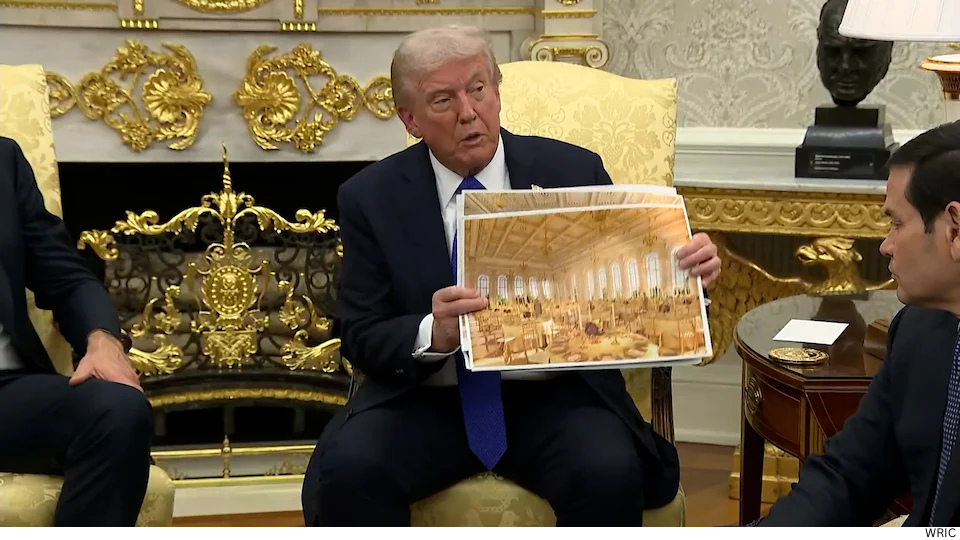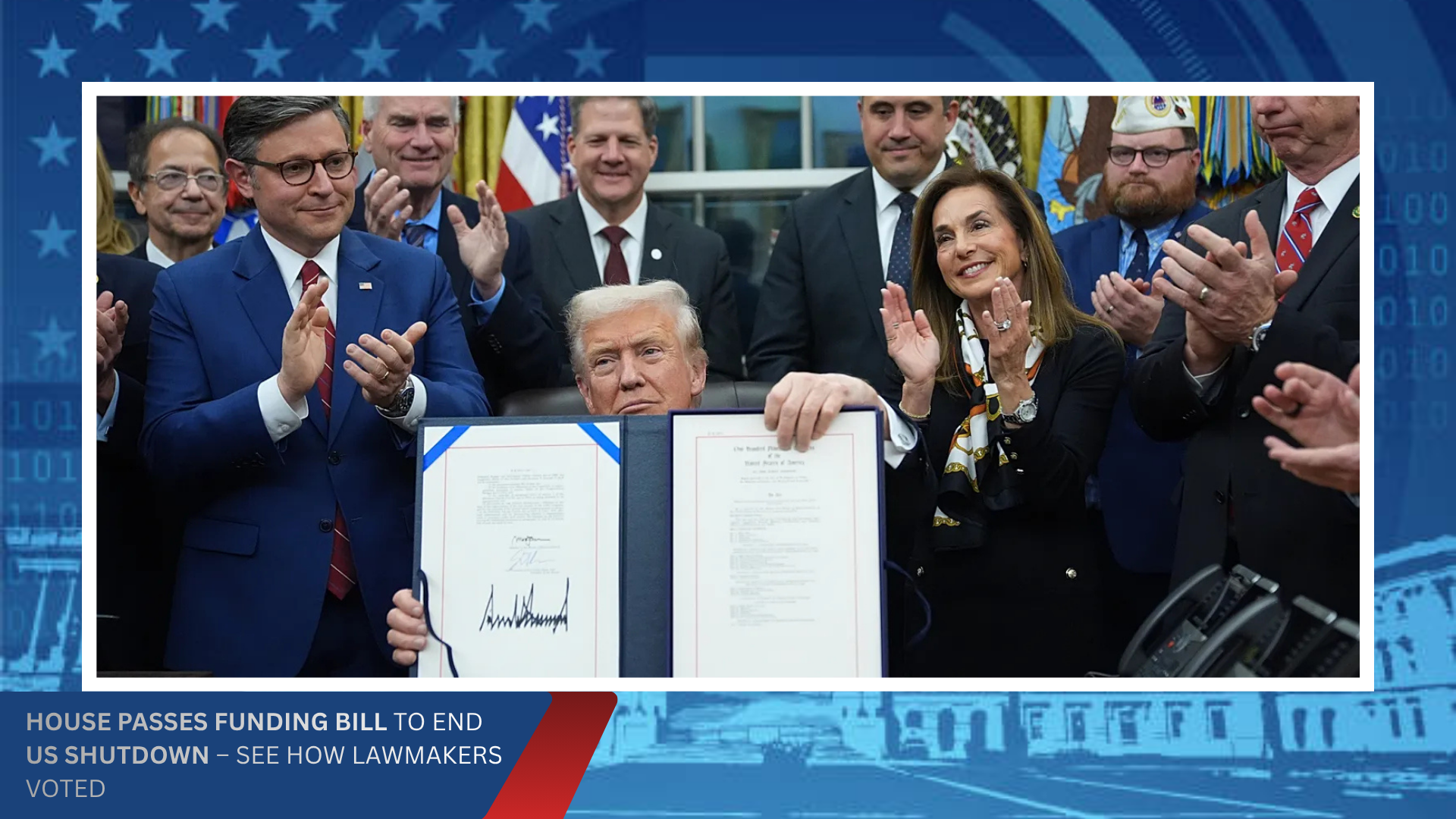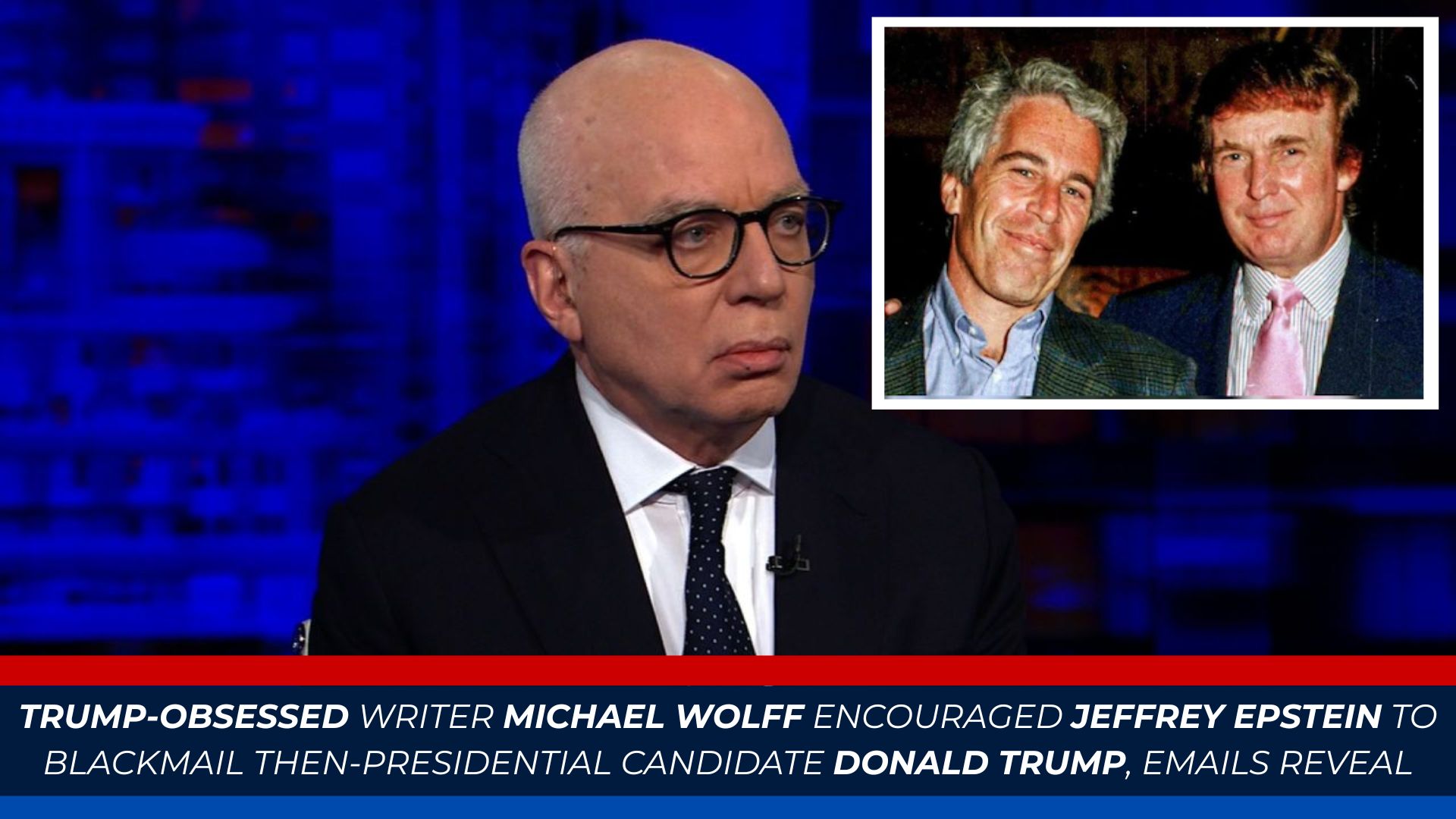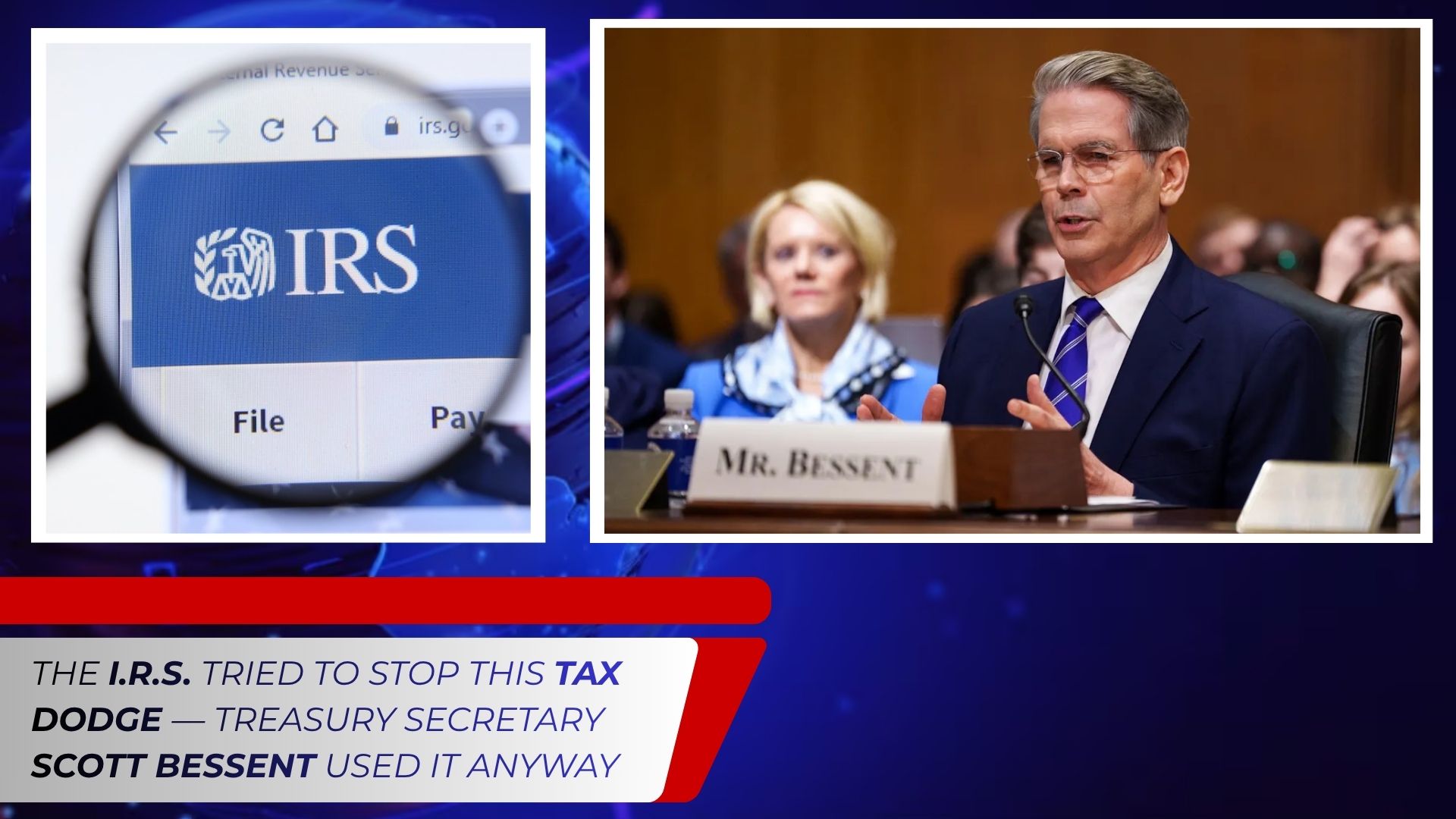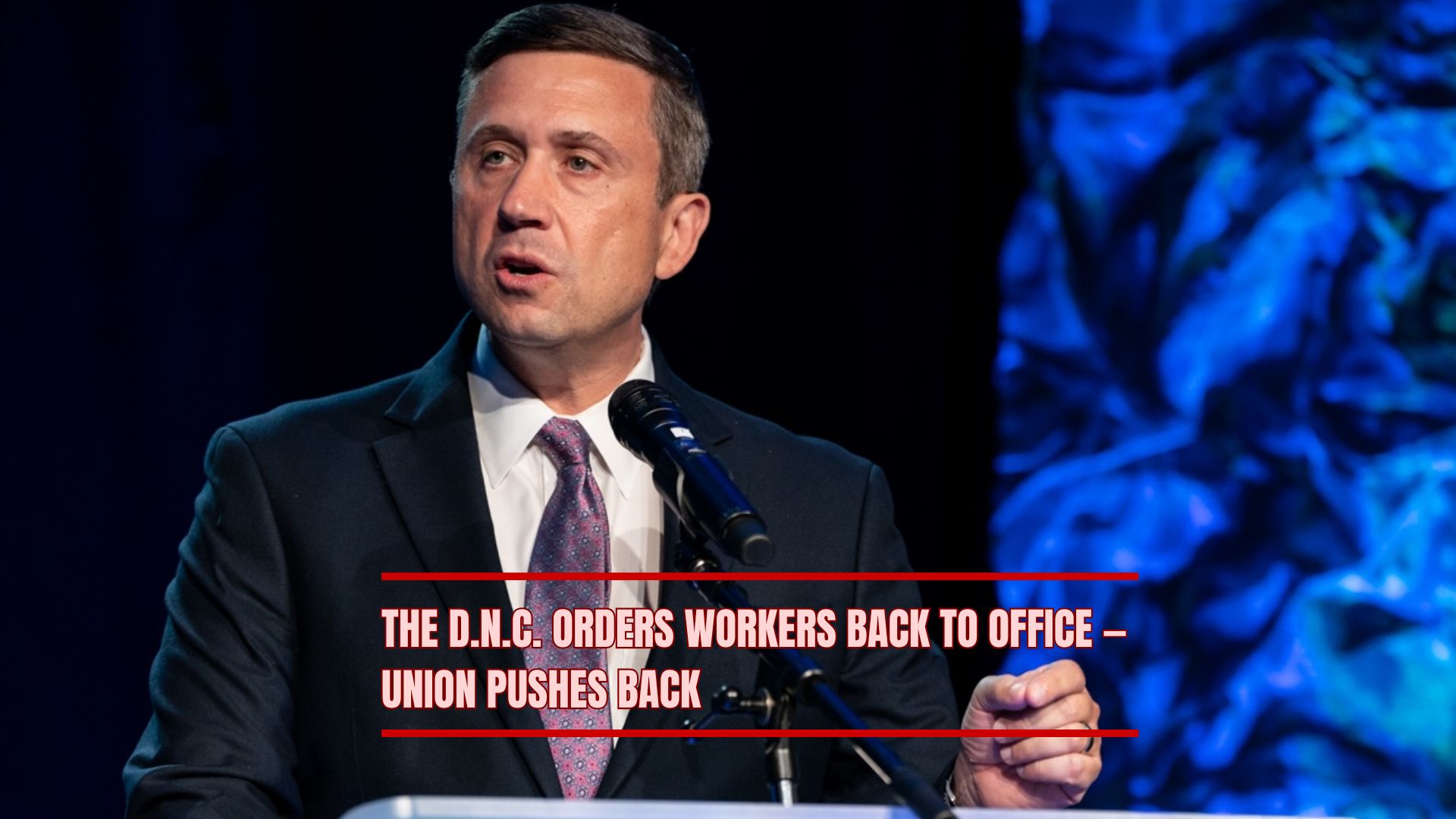The controversy surrounding President Donald Trump’s plan to add a $300 million ballroom to the White House deepened this week as the administration released a partial list of private donors — a who’s who of tech moguls, crypto executives, and corporate giants.
The White House confirmed that 37 individuals and companies, including Google, Amazon, Meta, Microsoft, Apple, Coinbase, Ripple, and Tether, are among those helping to fund the construction of the new East Wing ballroom, which Trump says will be “the grandest entertaining space in Washington.”
The addition, part of what the administration calls a “modernization and renovation” of the White House complex, has sparked fierce debate over transparency, ethics, and the preservation of one of America’s most historic buildings.
“The People’s House deserves to be beautiful and functional — and not one dime of taxpayer money is being spent,” Trump declared in a social media post announcing the donor list.
Big Tech and Big Crypto Step In
The list of contributors reads like a snapshot of corporate America’s most powerful players — with several of the world’s largest technology firms appearing prominently.
According to the White House release, Google, Amazon, Meta, Microsoft, and Apple are all contributing to the project. Crypto companies Coinbase, Ripple, and Tether are also helping fund the ballroom, alongside tech investors Cameron and Tyler Winklevoss, cofounders of Gemini.
These donations mark a striking convergence of Silicon Valley, Wall Street, and Washington, particularly at a time when many of these firms are under scrutiny for their relationships with the federal government.
While the administration insists that the project is fully privately funded, critics have raised conflict-of-interest concerns. Several of the listed donors, including Lockheed Martin and Palantir Technologies, have billions of dollars in active federal contracts. Others, such as NextEra Energy and Caterpillar, are major government contractors or beneficiaries of federal infrastructure programs.
From $250 Million to $300 Million — and Counting
When the ballroom project was first unveiled over the summer, the cost was pegged at $250 million. But during an October 22 appearance, Trump revised that number upward, calling it a “$300 million project” — a $50 million increase that the White House attributes to expanded design features and construction changes.
Originally, Trump had said only one wall of the East Wing would be demolished to make room for the ballroom. But by late October, demolition photos showed entire facades being torn down, prompting widespread backlash from preservationists and former White House officials.
The White House confirmed to USA TODAY that the entire East Wing — traditionally home to the first lady’s offices — would undergo “modernization and renovation.”
“This is about bringing the White House into the future while respecting its past,” said White House spokesperson Taylor Rogers, defending the changes. “The new ballroom will be a world-class venue for diplomacy, celebration, and the arts.”
Trump’s Personal Contribution — Still a Mystery
President Trump has repeatedly said that he will personally help pay for the construction, though the White House has not disclosed how much of his own money he is contributing.
That lack of transparency has raised eyebrows among watchdog groups. “When private entities — especially corporations with federal interests — donate to projects tied to the president, the public deserves full accounting,” said Richard Painter, former chief ethics lawyer for President George W. Bush. “We need to know what they’re getting in return, even if the project doesn’t involve taxpayer dollars.”
So far, the administration has not released donation amounts for any of the 37 listed contributors. Reporters from multiple outlets, including USA TODAY, have requested additional details, but as of October 23, the White House has declined to respond.
The Donor List: A Fusion of Power and Influence
Here’s the full roster of companies, families, and individuals the White House says are funding the East Wing ballroom project:
Corporate Donors:
Altria Group
Amazon
Apple
Booz Allen Hamilton
Caterpillar
Coinbase
Comcast Corporation
Google
HP
Lockheed Martin
Meta Platforms
Micron Technology
Microsoft
NextEra Energy
Palantir Technologies
Reynolds American
Ripple
T-Mobile
Tether America
Union Pacific Railroad
Foundations, Families, and Individuals:
Adelson Family Foundation
Betty Wold Johnson Foundation
Charles and Marissa Cascarilla
Edward and Shari Glazer
Harold Hamm
Benjamin Leon Jr.
J. Pepe and Emilia Fanjul
Kelly Loeffler and Jeff Sprecher
The Lutnick Family
The Laura & Isaac Perlmutter Foundation
Stefan E. Brodie
Paolo Tiramani
Stephen A. Schwarzman
Konstantin Sokolov
Cameron Winklevoss
Tyler Winklevoss
Several of these donors have longstanding ties to Trump or the Republican Party. The Adelson Family Foundation, for instance, has donated tens of millions to conservative causes. Trump awarded Miriam Adelson the Presidential Medal of Freedom in 2018. Similarly, Kelly Loeffler, now serving as Small Business Administrator, and her husband Jeff Sprecher, CEO of Intercontinental Exchange, appear on the list as personal contributors.
A History of Private Funding at the White House
Private donations to support White House renovations are not new. Past administrations have relied on private gifts for projects such as Rose Garden landscaping, historic furniture restoration, and art acquisitions.
However, the scale and scope of Trump’s ballroom project — with costs rivaling some federal infrastructure programs — have made it an unprecedented endeavor.
Presidential historian Douglas Brinkley notes that while presidents can make changes to the executive mansion, “those changes have always been guided by tradition, public oversight, and a deep respect for symbolism.”
“Turning the East Wing into a donor-funded luxury venue blurs the line between state and spectacle,” Brinkley said. “It risks turning the White House from a seat of governance into an extension of Trump’s brand.”
The Legacy Question
Despite criticism, Trump has defended the project as part of a long tradition of White House evolution — from Thomas Jefferson’s colonnades to Theodore Roosevelt’s West Wing.
“Every great president has left their mark on the People’s House,” Trump said in a recent address. “This ballroom will serve America for centuries — for diplomacy, for culture, and for celebration.”
Whether the ballroom becomes a symbol of legacy or excess will likely depend on how history — and voters — judge its impact. For now, the bulldozers keep rolling, and America’s most famous address remains a construction zone funded by the titans of tech, finance, and crypto.
%20(4).png)



